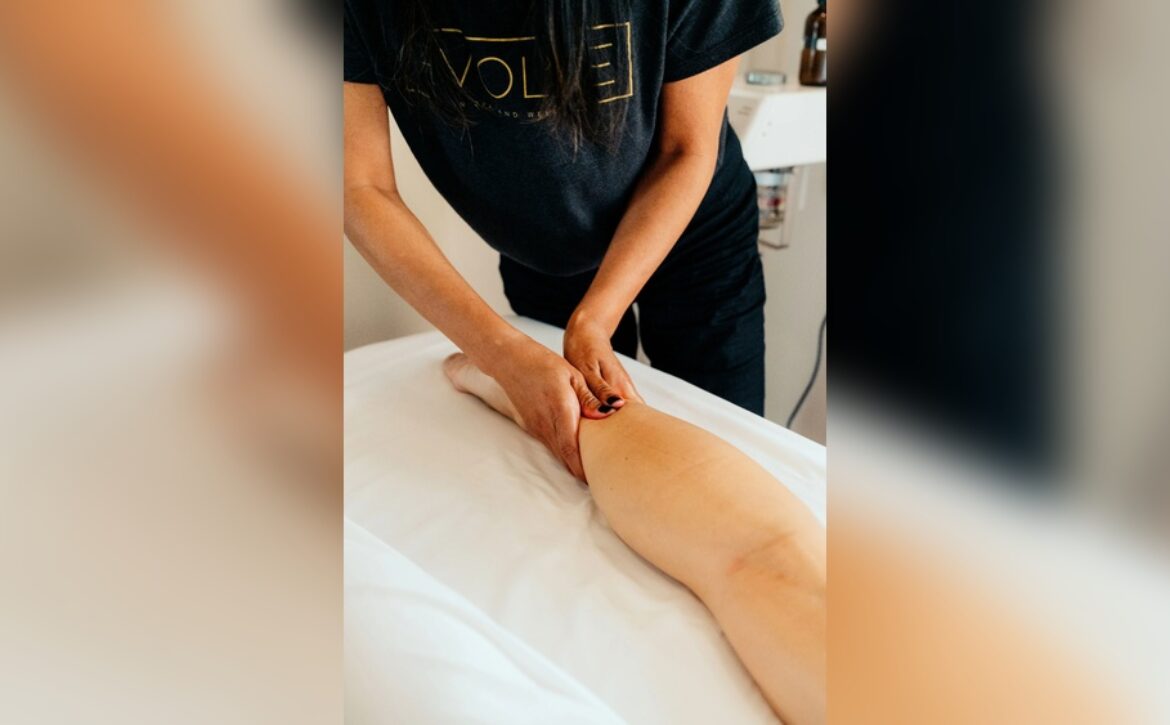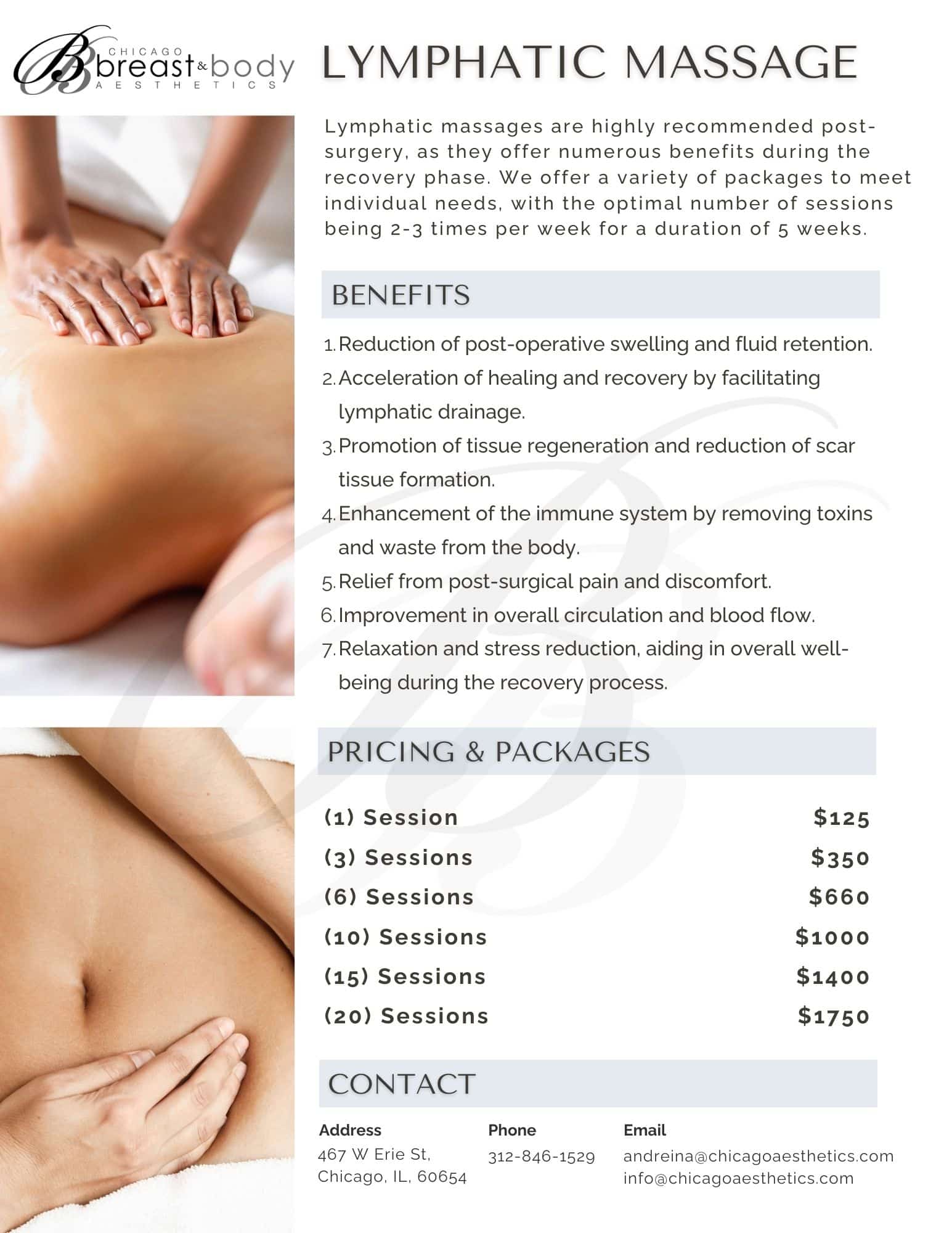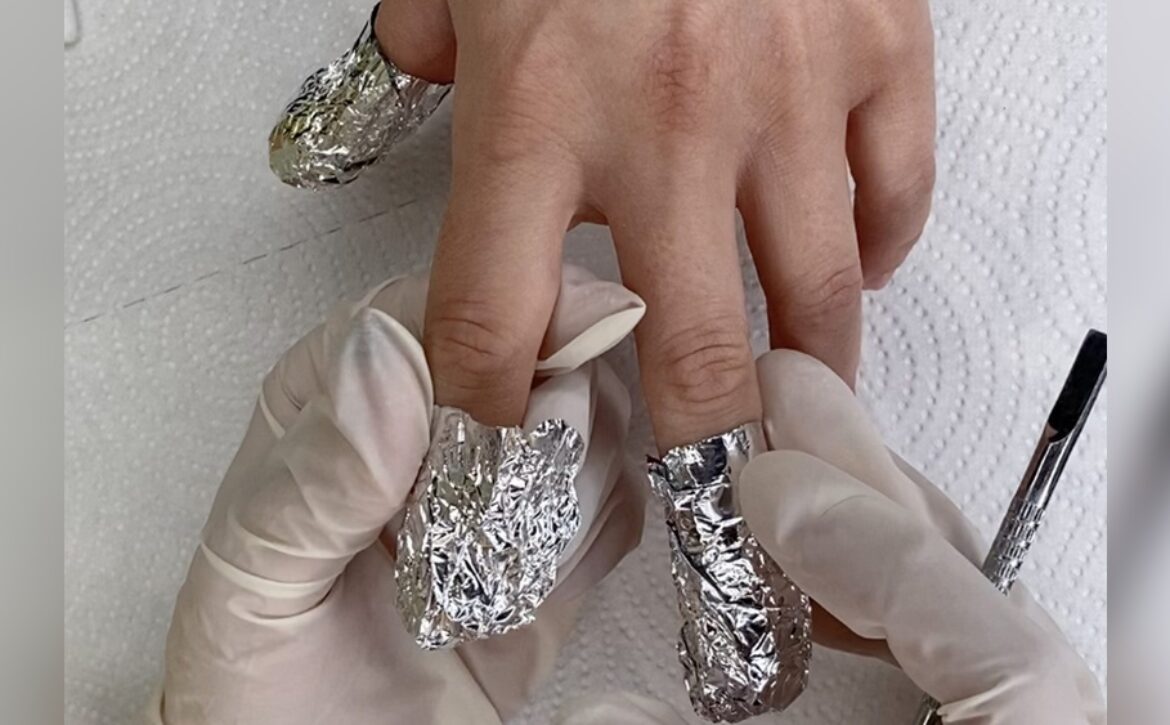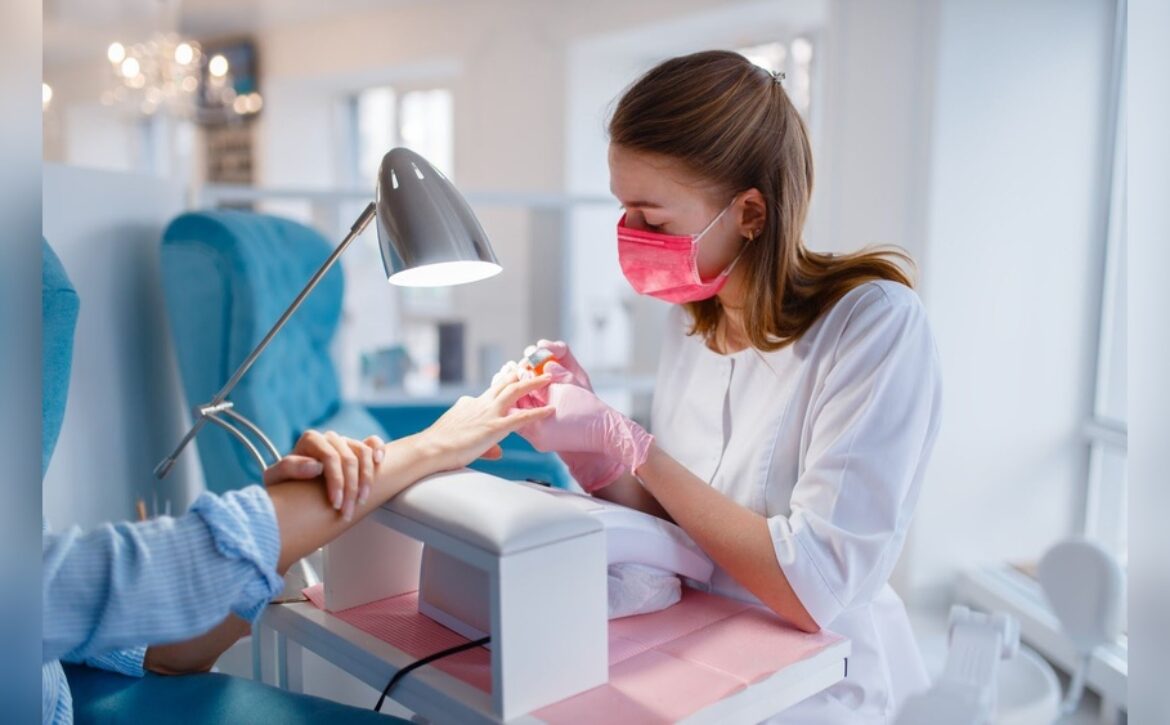
How to Become a Lymphatic Drainage Massage Expert Today
Are you fascinated by the idea of helping others feel healthier and more vibrant through natural techniques? Imagine having the power to boost your clients’ well-being with just the touch of your hands.
Becoming a lymphatic drainage massage therapist could be your perfect path to making a real difference. This unique massage technique isn’t just a trend; it’s a powerful way to enhance the body’s natural detoxification process and promote overall health. If you’re eager to dive into a rewarding career that blends compassion with expertise, keep reading.
You’ll discover how to master the art of lymphatic drainage massage and transform your passion into a fulfilling profession.

Understanding The Lymphatic System
Becoming skilled in lymphatic drainage massage involves understanding the lymphatic system’s role in health. This gentle technique helps remove waste and toxins, promoting well-being. Training in this specialized massage can enhance your skills and provide relief to clients seeking improved lymph flow.
Understanding the lymphatic system is crucial if you’re considering a career in lymphatic drainage massage. This complex network of tissues and organs helps rid the body of toxins and waste. Knowing how it works can enhance your ability to support your clients’ health effectively.
Functions And Importance
The lymphatic system plays a vital role in maintaining fluid balance in the body. It transports lymph, a fluid containing infection-fighting white blood cells, throughout the body. This system is essential for defending against infections and diseases, acting as a crucial part of the immune system. Imagine your body as a bustling city. The lymphatic system is like the waste management service, ensuring everything runs smoothly and efficiently. Without it, the body would struggle to remove toxins, leading to a buildup that could impact overall health.
Common Disorders
Understanding common disorders of the lymphatic system can make you a better practitioner. Conditions like lymphedema, where excess fluid collects in tissues, can cause swelling and discomfort. This knowledge allows you to tailor your massage techniques to help alleviate symptoms effectively. You might encounter clients with weakened immune systems or those recovering from surgeries. Recognizing these conditions can guide you in adjusting your approach to provide the most benefit. Ask yourself, how can you make a difference in their healing journey? By learning about these disorders, you’ll be better equipped to offer compassionate and informed care. This understanding is what sets apart a good massage therapist from a great one. How will you use this knowledge to enhance your practice?

Benefits Of Lymphatic Drainage Massage
Discovering the world of lymphatic drainage massage can be eye-opening. This massage technique offers numerous benefits. It’s not just about relaxation. It’s about enhancing overall health and well-being. Many people are unaware of how effective it can be. It focuses on the lymphatic system, which plays a crucial role in maintaining health.
Health And Wellness
Lymphatic drainage massage boosts the immune system. It helps reduce swelling and inflammation. Promotes detoxification by removing waste from the body. Enhances circulation, ensuring nutrients reach where they’re needed. Supports the body’s natural healing processes.
Therapeutic Advantages
This massage technique relieves pain and discomfort. Especially helpful for those with chronic conditions. It can improve mobility and flexibility. Reduces stress and anxiety, promoting a sense of calm. Aids in recovery from surgery or injury.
Essential Skills For Practitioners
The journey to becoming a lymphatic drainage massage practitioner is both rewarding and challenging. To excel, certain essential skills are crucial. These skills not only enhance your practice but also ensure that your clients receive the best care possible. Let’s explore the key skills that every aspiring practitioner should master.
Hands-on Techniques
Mastering hands-on techniques is fundamental for any lymphatic drainage massage practitioner. You need to develop a gentle, rhythmic touch that stimulates lymph flow without applying excessive pressure. Remember, it’s all about encouraging fluid movement rather than forceful manipulation.
Consider practicing on yourself to get a feel for the pressure and rhythm required. This personal experience can offer valuable insights into what your clients will experience. Having a keen sense of touch allows you to identify areas that need more attention.
Ask yourself: Are you using the right amount of pressure? Are your movements consistent and smooth? These questions can help refine your technique and ensure effectiveness.
Client Communication
Effective client communication is just as important as mastering techniques. You need to explain the process clearly to clients, especially those new to lymphatic drainage massage. Use simple language and avoid jargon to make them feel comfortable and informed.
Listening is equally crucial. Pay attention to your client’s concerns and health history. This information helps tailor the session to meet their specific needs. Your responsiveness can make them feel valued and understood, fostering trust and loyalty.
Consider asking open-ended questions to encourage your clients to share more about their experiences. What do they hope to achieve with the massage? How do they feel post-session? These insights can guide you in providing personalized care.
By focusing on refining your hands-on techniques and improving client communication, you can elevate your practice and offer exceptional care. What steps can you take today to enhance these skills in your journey to becoming a lymphatic drainage massage practitioner?
Training And Certification
To embark on a career in lymphatic drainage massage, understanding the importance of training and certification is vital. Training not only equips you with the necessary skills but also ensures your practice adheres to professional standards. Certification, on the other hand, validates your expertise and opens doors to various opportunities.
Choosing The Right Program
Selecting the right program can shape your career path significantly. It’s essential to research different programs to find one that fits your needs and goals. Look for accredited institutions that offer comprehensive courses covering anatomy, techniques, and client safety.
Consider the program’s flexibility. If you’re balancing other commitments, you might opt for part-time or online courses. Reach out to past students to hear their experiences and insights. What did they find most beneficial? This can guide you in making a choice that aligns with your aspirations.
Certification Requirements
Certification requirements can vary depending on your location. Some regions have strict guidelines, while others may be more lenient. It’s crucial to understand the requirements specific to your area to ensure compliance.
Gathering information from local health boards or professional massage associations can be helpful. They often provide detailed lists of required hours, exams, and ongoing education. Meeting these requirements not only enhances your credibility but also assures your clients of your professionalism.
Think about how certification can impact your practice. A certified massage therapist is often more trusted by clients, leading to increased bookings and referrals. Are you ready to take that step and elevate your career?
Building Your Practice
Starting a career in lymphatic drainage massage involves learning specialized techniques. Essential skills include understanding human anatomy and mastering gentle massage strokes. Training programs and certifications help build a solid foundation, enabling practitioners to offer effective treatments for clients seeking improved lymphatic health.
Building your practice as a lymphatic drainage massage therapist is an exciting journey. It’s about creating a space where clients feel comfortable and cared for. It’s also about attracting clients who will benefit from your unique skills. Let’s dive into how you can set up your space and attract those clients.
Setting Up Your Space
Your space should feel welcoming and serene. Think about the colors, lighting, and sounds. A calming blue or green can create a soothing atmosphere. Invest in a comfortable massage table and high-quality sheets. Soft music and essential oils can help set a tranquil mood. These elements show your clients you care about their experience. Consider adding personal touches that reflect your style. Maybe a favorite plant or a piece of art. Your space is a reflection of you and your practice.
Attracting Clients
Start by identifying who your ideal clients are. Are they athletes, pregnant women, or people recovering from surgery? Knowing this helps tailor your marketing efforts. Offer introductory specials to draw in new clients. Social media is a powerful tool—share testimonials and before-and-after stories. This builds trust and showcases your expertise. Networking with local health professionals can open doors. Consider partnerships with chiropractors or physical therapists. They can refer clients who need your specialized skills. In the end, building your practice is about authenticity and connection. What do you want your clients to feel when they step into your space? This question can guide every decision you make.
Staying Updated In The Field
Becoming a lymphatic drainage massage therapist involves learning techniques for boosting health through improved circulation. Stay updated by attending workshops, reading recent studies, and practicing regularly. This ensures you offer the best care and keep your skills sharp.
Staying current in the field of lymphatic drainage massage can enhance your skills and open up new opportunities. The wellness industry evolves rapidly, with new techniques and research emerging regularly. By staying updated, you can provide the best care to your clients and maintain a competitive edge.
Continued Education
Enroll in workshops and courses to expand your knowledge and skills. Many organizations offer certifications that not only refresh your existing skills but also introduce you to advanced techniques. Imagine learning a new massage method that improves client results and boosts your confidence. Online platforms like Coursera and Udemy offer flexible learning options. You can study at your own pace while balancing work and personal life. Remember, investing in education is investing in yourself.
Networking Opportunities
Join professional associations related to massage therapy. These groups often host events where you can meet other professionals and share insights. By connecting with peers, you gain fresh perspectives and solutions to challenges you might face. Participate in local wellness fairs or community events. These occasions allow you to meet potential clients and partners. Ask yourself, who might you meet that could inspire or challenge you to grow? Attend conferences to stay abreast of industry trends. These events often feature renowned speakers and workshops. Who knows, you might leave with a new idea that transforms your practice.
Addressing Client Concerns
Addressing client concerns is crucial in building trust and ensuring repeat business as a lymphatic drainage massage therapist. Clients may have various questions and worries about the process, especially if it’s their first time. By tackling these concerns head-on, you create a welcoming environment that encourages open communication.
Managing Expectations
Clients often come with preconceived notions about what a lymphatic drainage massage can achieve. Some might expect instant results or relief from all ailments. It’s important to educate them about the realistic outcomes.
Share your own experiences to illustrate common results. Explain the gradual nature of benefits like reduced swelling or improved circulation. Encourage clients to view the massage as a step towards better health rather than a quick fix.
Ask questions to understand their expectations. What do they hope to achieve with the massage? Use this information to align their expectations with reality. This proactive approach not only sets the right expectations but also fosters trust.
Handling Complaints
Complaints are inevitable in any service industry. How you handle them can make or break your reputation. Addressing complaints promptly and effectively shows professionalism and care.
Listen actively to your client’s concerns. Whether it’s discomfort during the session or dissatisfaction with results, take their feedback seriously. Acknowledge their feelings and work together to find a solution.
Consider sharing a personal story where you turned a complaint into a positive experience. This demonstrates your commitment to client satisfaction. Invite clients to provide feedback regularly. This shows you value their opinion and are willing to improve.
Creating a space for open dialogue reassures clients that their concerns matter. Are you ready to transform complaints into opportunities for growth? Your approach to client concerns can elevate your practice and enhance client relationships.

Frequently Asked Questions
What Is Lymphatic Drainage Massage?
Lymphatic drainage massage is a gentle massage technique that encourages the movement of lymph fluids. This helps remove waste and toxins from the body. It can improve circulation, reduce swelling, and boost the immune system. It is commonly used for detoxification, post-surgery recovery, and treating lymphedema.
How Does Lymphatic Massage Benefit Health?
Lymphatic massage promotes the removal of toxins and waste from the body. It enhances circulation and boosts the immune system. It can reduce swelling and improve skin health. Additionally, it aids in relaxation and stress reduction, supporting overall well-being.
What Skills Are Needed For Lymphatic Massage?
To perform lymphatic massage, you need strong knowledge of human anatomy. Skills in gentle and precise touch are essential. Understanding the lymphatic system is crucial. Communication skills are important for client interaction. Certification in massage therapy is often required.
How Long Does It Take To Learn Lymphatic Massage?
Learning lymphatic massage typically takes several months. Basic massage training can last from a few weeks to a year. Specialized lymphatic drainage courses may take additional weeks or months. Practical experience is crucial for mastering techniques and gaining confidence.
Conclusion
Becoming a lymphatic drainage massage therapist is a rewarding journey. With dedication, you can build a successful career in this field. Start by gaining knowledge and skills through courses. Practice regularly to improve your technique. Connect with clients by understanding their needs.
Building a strong client base takes time and effort. Keep learning to stay updated with new methods. This will enhance your expertise and client satisfaction. Remember, helping people feel better is the heart of this profession. Your passion and commitment can lead you to a fulfilling path.





